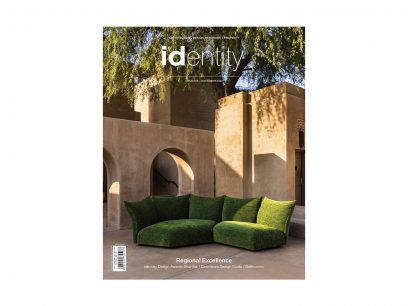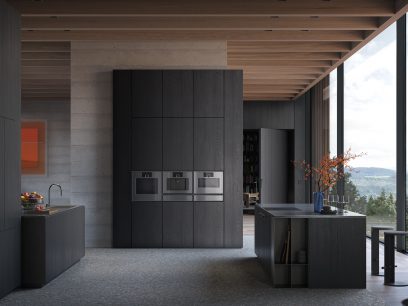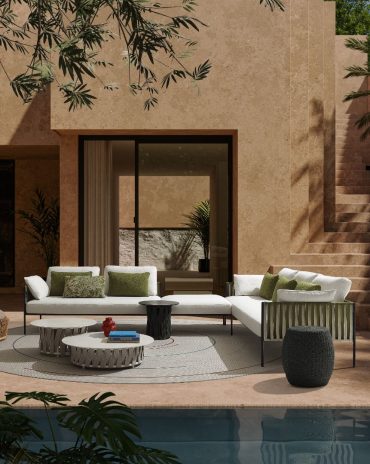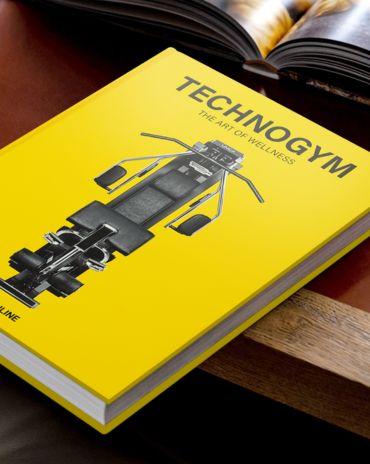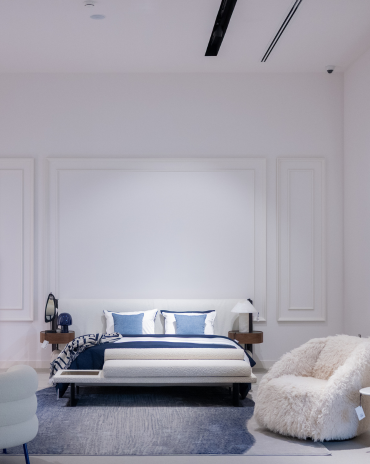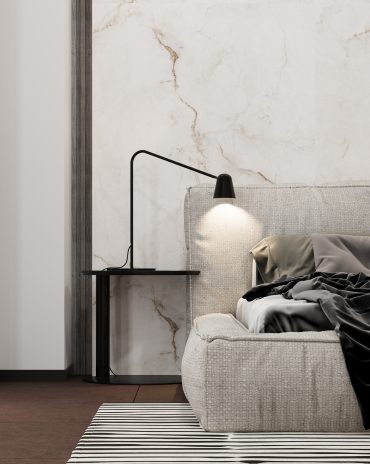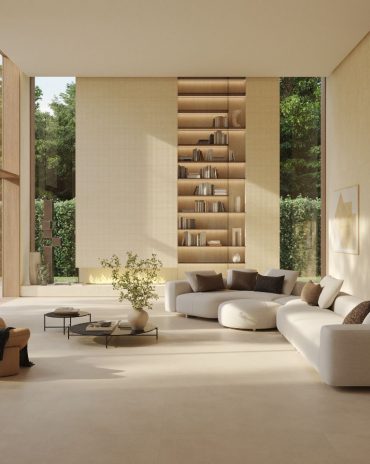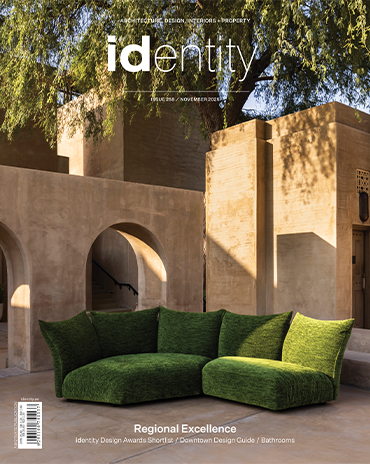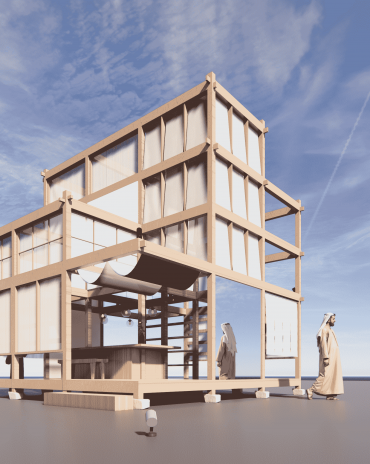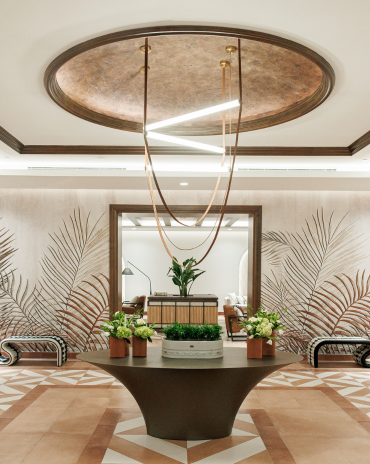Copyright © 2025 Motivate Media Group. All rights reserved.
Dzign is Algeria’s first design biennale to “rethink the city”
"Reinventing the City Through Design' is the focal point of the first edition of the design biennale
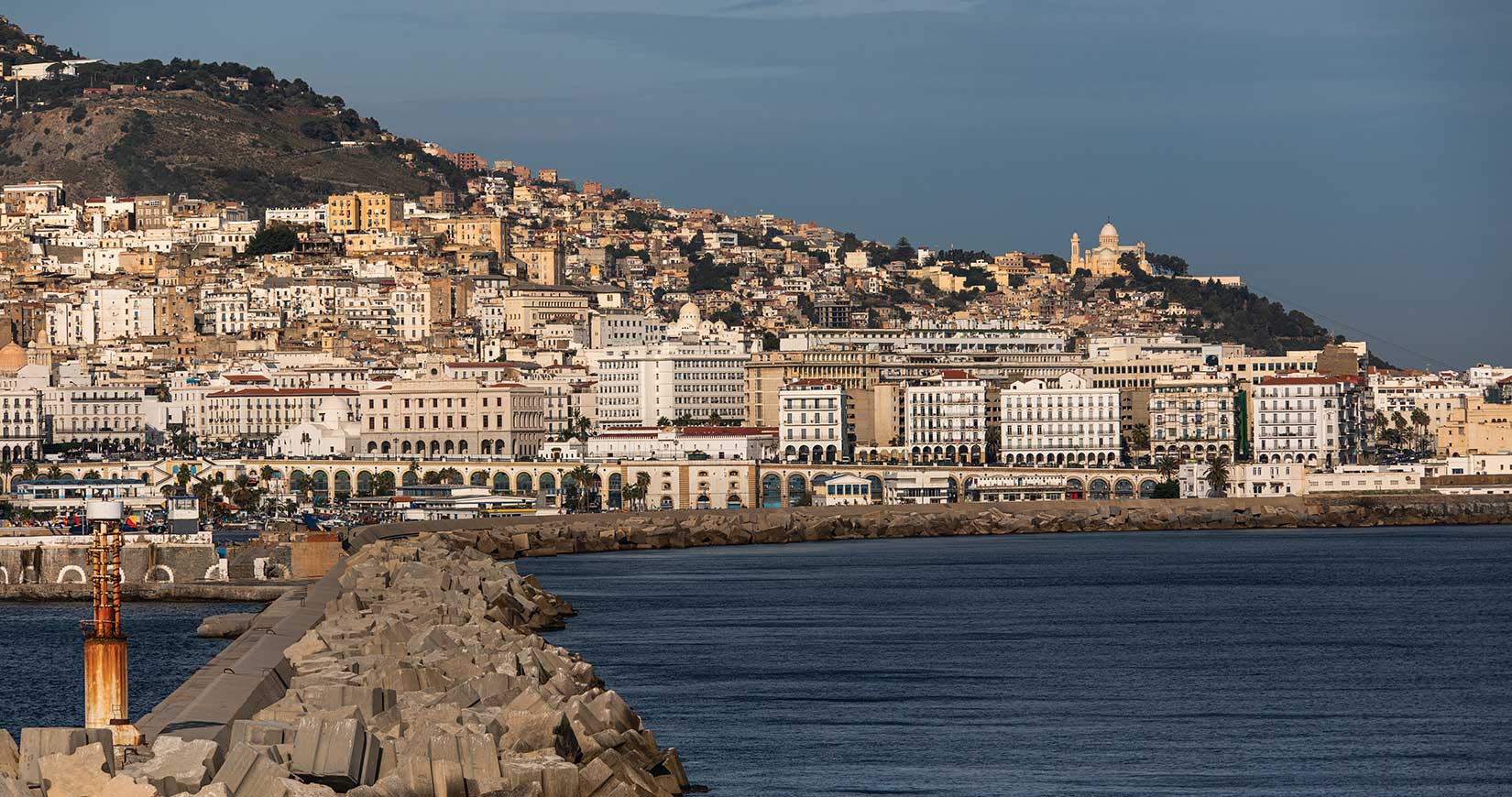
Initially planned a year ago, the first design biennale to ‘rethink the city’ in the capital of Algiers is finally going ahead, and set to take place from 25 May 2021.
France’s long and complex colonial history with Algeria has played a significant role in shaping the latter country’s architecture, urban planning and design output. This relationship between the two nations is the focus of the event, which aims to mobilise talents working across these sectors to create a cleaner, safer and more human-centred urban canvas for the city and the country.
The biennale invites reflections on the effects that design – by integrating local culture and practices – can bring to the environment in which it acts.
‘Reinventing the City Through Design’ is the focal point of this first edition of the design biennale, which is organised around an open call for designers, architects, engineers, researchers and artists, inviting each one to propose projects capable of anticipating the future of the city’s built environment at a wider scale, or to narrow ideas down to districts or streets by transforming these areas into veritable laboratories of urban innovation.
Ultimately, the proposed aesthetic and practical improvements could eventually result in long-term projects that are cared for by local communities. It is, of course, important for a city to develop its own identity – one that is contemporary and responsible, following more than 150 years of foreign presence on its ground.
Titled DZign, derived from the historical Dziri name (زيري) of the local population, the biennale pays tribute to these roots while acknowledging the French presence on its soil since 1830. Algiers was then a typical Casbah: construction was reminiscent of the Middle Ages, with Ottoman influences. The French started to modify the city inside its walls, later expanding it with the construction of the first ‘European-style’ houses. The new Algiers was first used as a position of defence before it was transformed into an economic, cultural and residential capital. In 1870, with the change of regime in France, Algiers became influenced by the major changes that were initiated in Paris by Baron Haussmann. A neo-classical movement emerged – often cited as the ‘Belle Epoque Algéroise’ (the beautiful epoch of Algiers) – with large public buildings by the sea and boulevards. In the early 20th century, a ‘néo-mauresque’ (Neo-Moorish) architectural trend became popular, bringing in cultural influences from Arab, Berber and Moorish traditions.
From 1930, Algiers underwent a massive urban transformation, and one famous architect arrived with a vision for the city: Le Corbusier. His project, ‘Obus’, featured a complete transformation of the city and offered an alternative to the néo-mauresque movement. The modernist architects became inspired by this – but activity came to a sudden end with the beginning of the Second World War.
In the early ‘50s, the time came for the ‘bataille du logement’ (‘fight for accommodation’), brought about by the expanding demography of Algiers and a pressing need to create new homes as an attempt to reduce growing slums. This was the start of the construction of large collective housing – but, with the changes in political climate in 1958, a new five-year ‘Constantine’ plan wasn’t able to go ahead.
After its independence in 1962, Algeria consolidated some key features for its capital, including the likes of the marine port, the airport and the railway. Collective housing also became
a top priority.
Looking back at the architectural history of the city, there is a lot to expect from this first Franco-Algerian biennale. Beyond the intricate connection between the two countries, the Algerian authorities have demonstrated a strong commitment to support ing their national talents.
The organisers have planned two stages. The first one will kick off on 25 May, with three exhibitions showcasing all the possibilities of expression, both classic (objects, interior equipment, furniture, crafts) and architectural, as well as real subjects of research and development; technical solutions linked to urban activity, and aesthetic staging in traditional neighbourhoods; and explorations of new materials and other ecological alternatives.
The themes cover sustainability, circular economy, design of environmentally friendly projects, self-sufficiency and the concept of ‘zero waste’. The French Institute in Algiers has also connected Algerian students and professionals with their French counterparts, in order to share expertise, insights and experiences.
The expressions of the new generation of designers will be integrated through school projects, with the Polytechnic, Architecture and Urbanism School of Algiers (EPAU) and the Musée Nacional des Beaux-Arts.
For the second period, ephemeral urban design installations will be offered with the intervention of two collectives – one comprising designers, the other EPAU students – in collaboration with designers from France, to illustrate the diversity of the field. This period will also host meetings, debates and master classes led by international design personalities.
Back in 2014, I was pleased to present Algerian designers at Design Days Dubai. It was a rare opportunity to showcase emerging talents and I look forward to discovering new names as well as confirmed professionals in the coming weeks during DZign 2020+1.
Cyril Zammit is a design expert and advisor based in Dubai. Follow him on Instagram @cyrilzam and on www.cyrilzammit.com
The Latest
The language of weave
Nodo Italia at Casamia brings poetry to life
The Art of the Outdoors
The Edra Standard Outdoor sofa redefines outdoor living through design that feels, connects and endures
The Art of Wellness
Technogym collaborates with Assouline to release a book that celebrates the brand’s 30-year contribution to the fitness industry
The Destination for Inspired Living – Modora Home
Five reasons why you need to visit the latest homegrown addition to the UAE’s interiors landscape
Elemental Balance — A Story Told Through Surfaces
This year at Downtown Design 2025, ClayArk invites visitors to step into a world where design finds its rhythm in nature’s quiet harmony.
The identity Insider’s Guide to Downtown Design 2025
With the fair around the corner, here’s an exciting guide for the debuts and exhibits that you shouldn’t miss
A Striking Entrance
The Oikos Synua door with its backlit onyx finish makes a great impression at this home in Kuwait.
Marvel T – The latest launch by Atlas Concorde
Atlas Concorde launches Marvel T, a new interpretation of travertine in collaboration with HBA.
Read ‘Regional Excellence’ – Note from the editor
Read the magazine on issuu or grab it off newsstands now.
Chatai: Where Tradition Meets Contemporary Calm
Inspired by Japanese tea rooms and street stalls, the space invites pause, dialogue, and cultural reflection in the heart of Dubai Design District
A Floating Vision: Dubai Museum of Art Rises from the Creek
Inspired by the sea and pearls, the Dubai Museum of Art becomes a floating ode to the city’s heritage and its boundless artistic ambition.
Heritage Reimagined
Designlab Experience turns iconic spaces into living narratives of Emirati culture, luxury, and craftsmanship.



